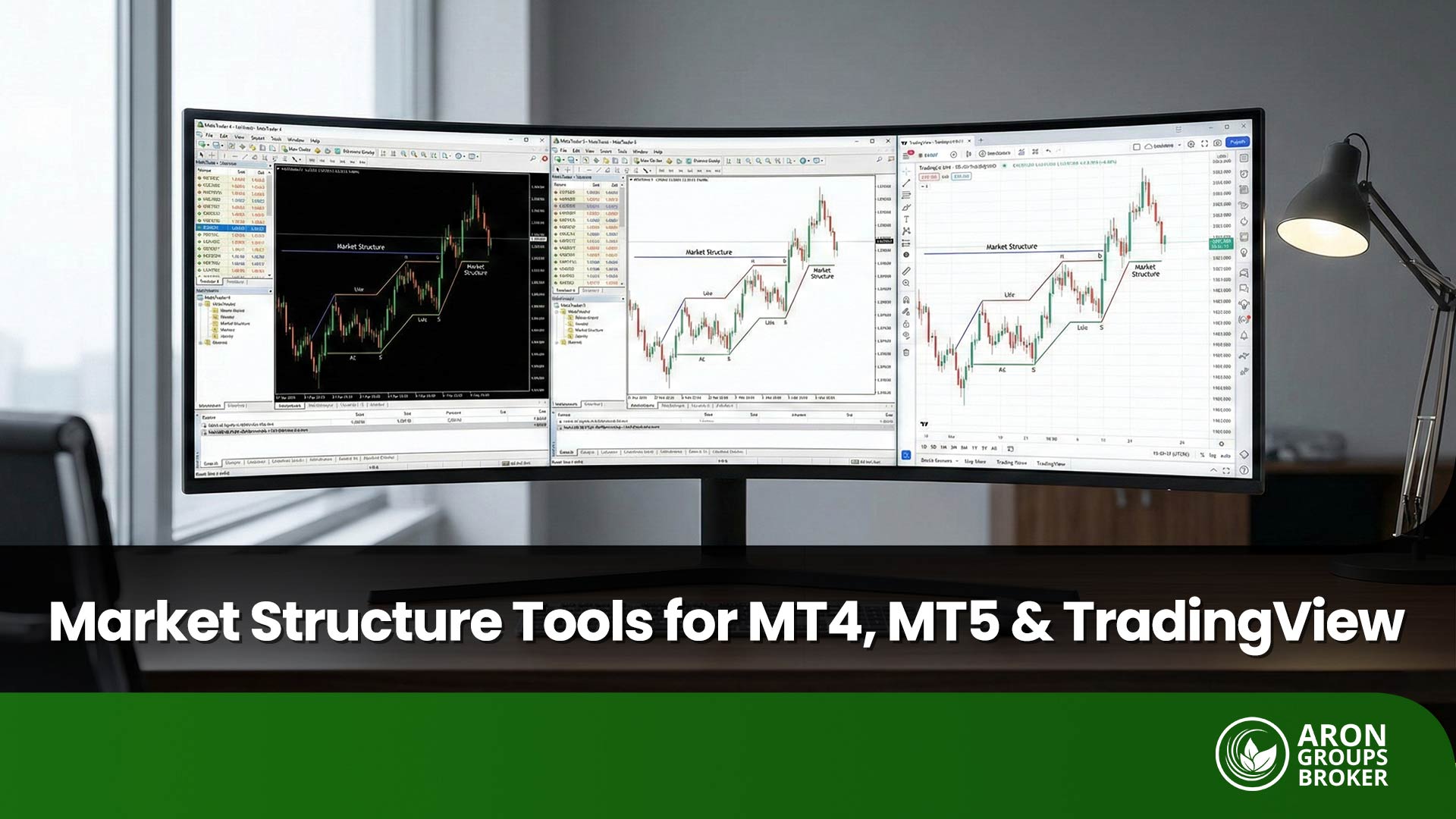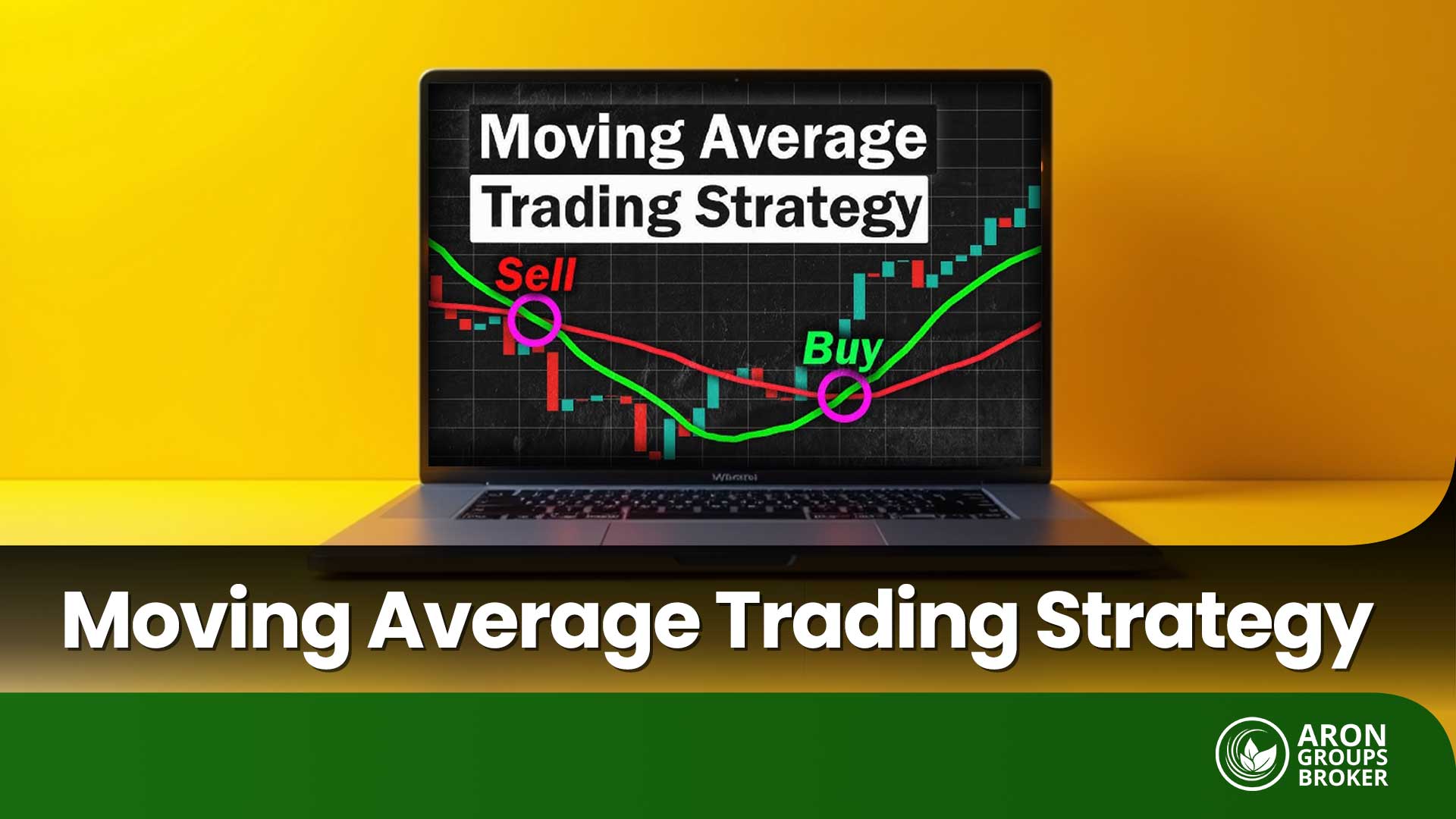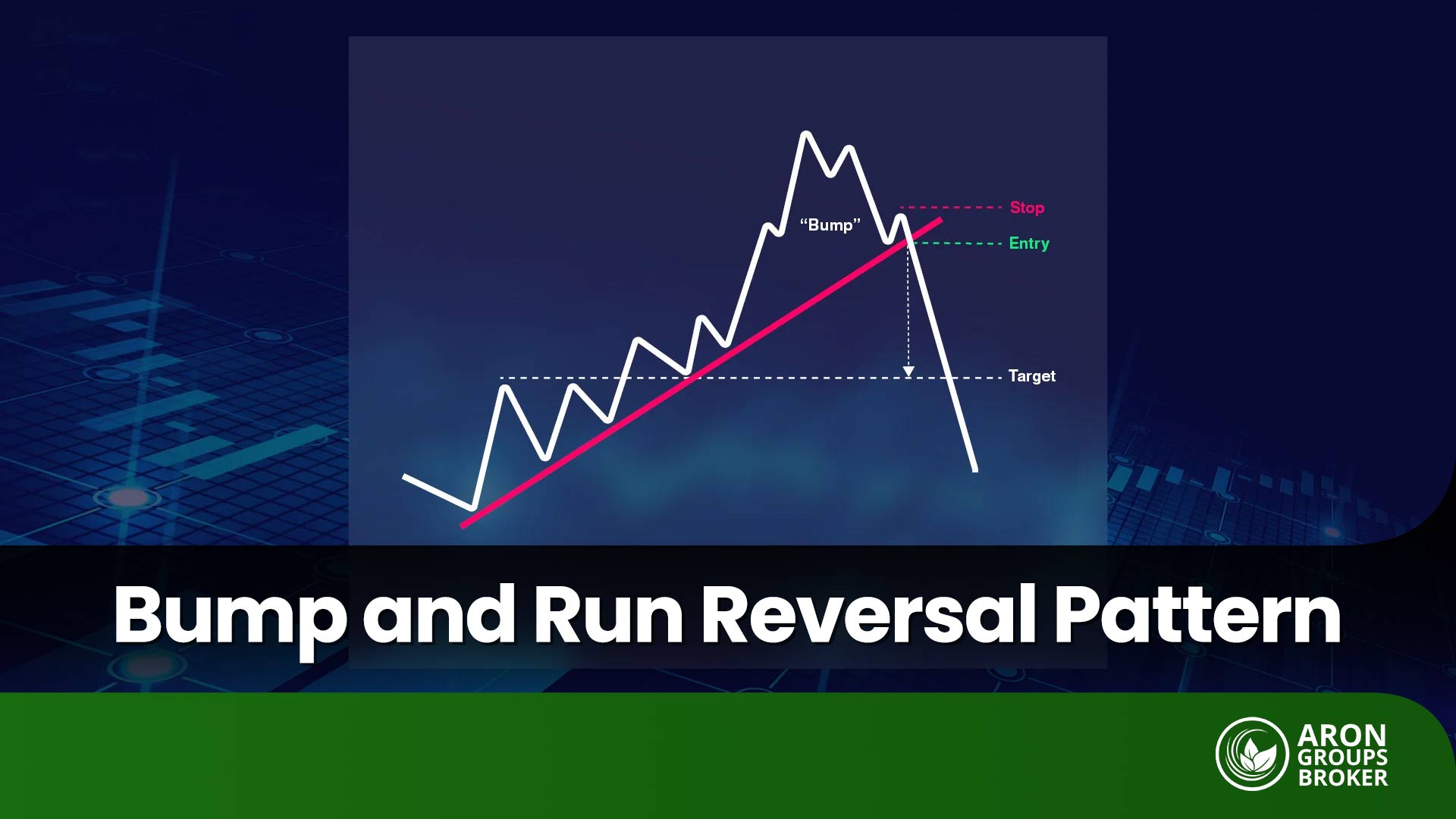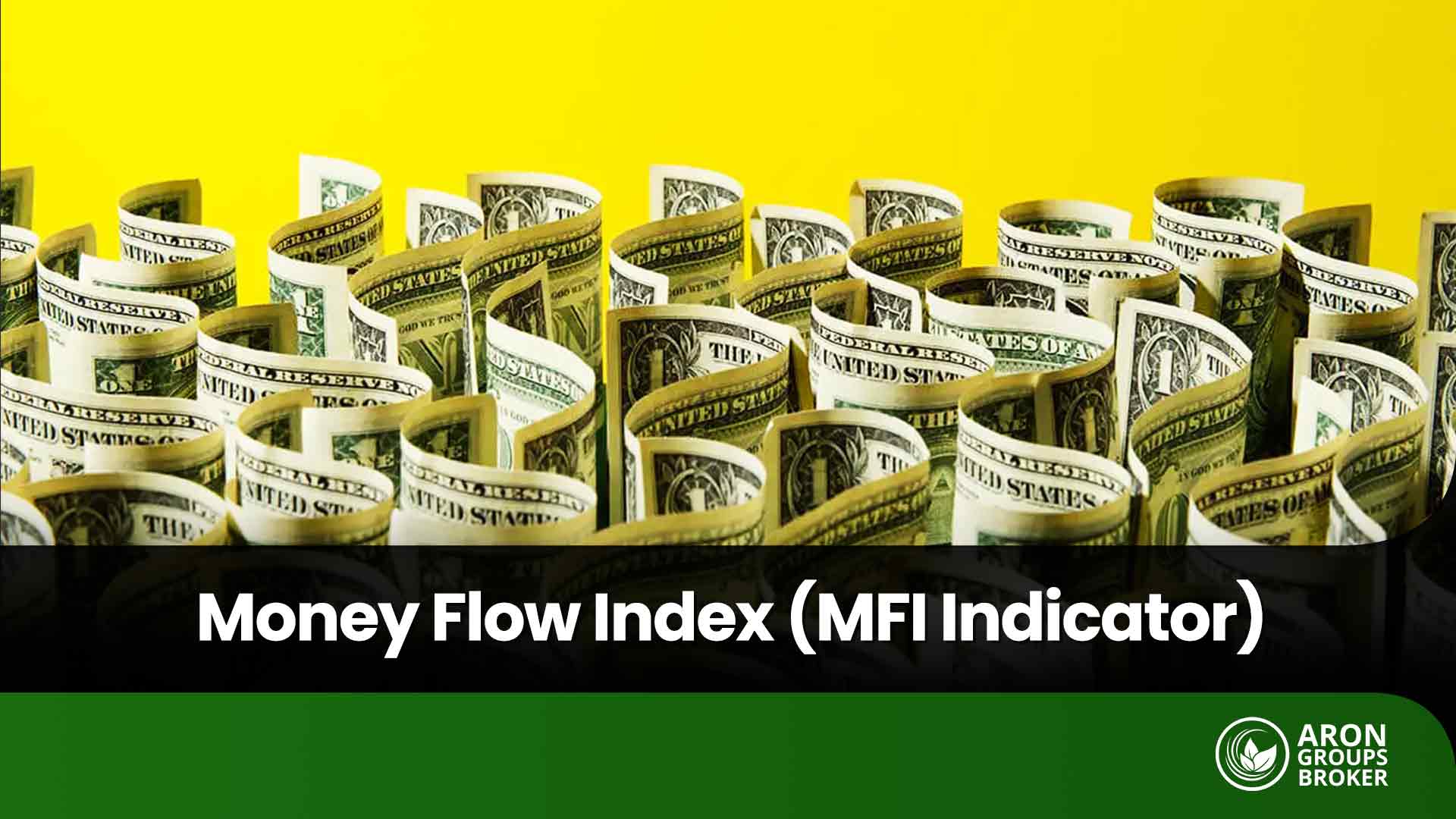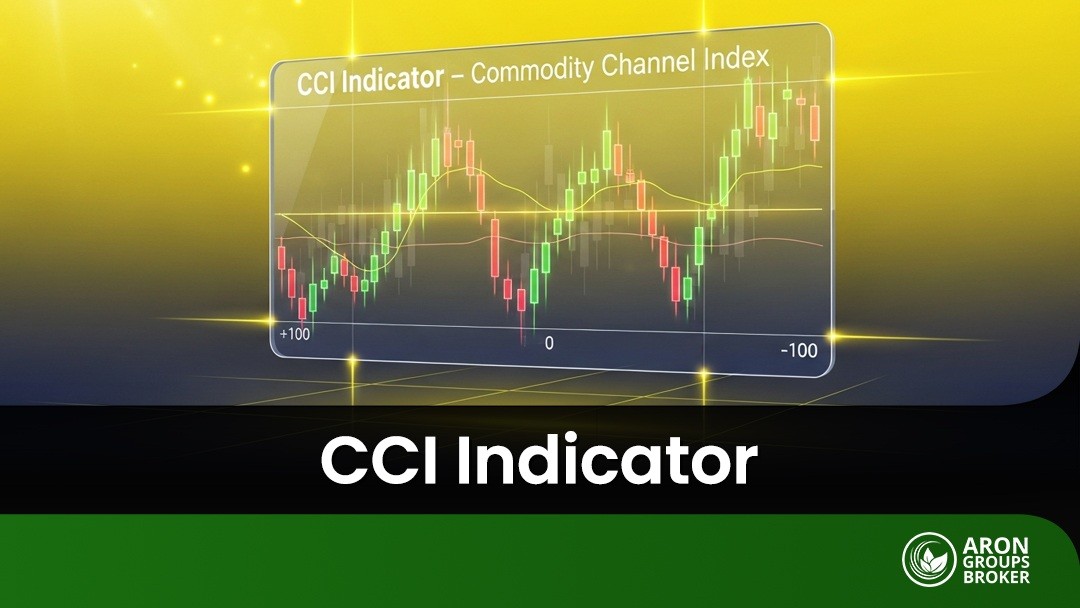What Type of Forex Trader Are You?
The fact is that the majority of nonprofessional forex traders are not making any profits. They are like tourists in financial markets, spending money to survive.
Every adult can trade in Forex; however, retail traders account for less than 6% of the market ($360 billion in daily activity). As a result, forex trading is still mainly a game between institutions, which frequently operate as both a buyer and a seller as well as a middleman.
As a retail trader, you can try several types of forex trading, and in this article, we will discuss all the different types.
The Different Types of Forex Traders
There are many ways to make money in the Forex market. Over the decades, the differences in the approach among traders resulted in the following categorizations.
Day trader
Day traders, as the name suggests, trade on a daily basis. A day trader will close out all of their trading positions at the end of each day, rather than leaving anything open overnight.
A day trader is a trader who does not hold positions overnight. On the other hand, day trading might vary a lot due to the several time frames available for analysis.
Day trading has several advantages, including decreased risk (trades are closed in one session) and cheaper expenses (no rollover charge or cost to carry the trade overnight).
This sort of trader is often highly talented and well-versed in the market they operate. Day traders employ several strategies to secure their success and make rapid trading decisions.
Day traders can be identified by the following qualities, in addition to closing out their positions at the end of the day:
- Trading at a high volume
- Ability to concentrate on technical patterns rather than data analysis
- A concentration on high turnover rates in order to maximize profits
- Pairing volatile currencies like the pound with the yen, which may have big swings in price over short periods.
For a day trader, success is finishing the day with no open positions and a profit compared to the start of the session. People that trade in high-volume stocks and have a strong understanding of price analysis are generally drawn to this form of trading.
Like any other trading method, day trading necessitates the use of sound money management practices.
Position traders
On the other hand, the position trader is someone who holds a position for a more extended period of time than a day trader: weeks, months, or even years.
These forex traders are less concerned with short-term price changes than day traders and instead focus on weekly or monthly price action research.
They stick to fundamental models more rigidly, keeping an eye out for announcements like yields releases, stock splits, reorganizations, and acquisitions, as well as the possibilities that come with them.
Position trading, the most strategic of all trading strategies, is reserved for individuals with the time, expertise, and energy to undertake investigations. Position traders use fundamental and technical indicators to focus on long-term price movement.
Position trading has the advantage of requiring less of a trader’s time than other trading strategies. Over the course of a year, many position traders work on fewer than ten positions, allowing them to focus on other areas of their portfolio. On the other hand, Position trading is risky since it is based on a wager that a given trend will continue over time. If this does not occur, long-term capital losses may result.
Position traders, in general:
- Reduce the number of trading positions they hold (sometimes only a handful a year).
- Consider economic models, governments, and interest rates while making judgments.
- Work with any of the main currencies, including those from emerging markets.
- Attempt to catch the majority of the movement of a position in the hopes that it would appreciate over time.
Position traders use long time frames, such as daily or weekly charts, to trade. Their purpose is to determine where the market is headed and then wait for the rest of the globe to catch up. To be worthwhile, this strategy takes time, understanding, and, in many cases, a sizable account.
Swing Trader
Swing traders switch between day trading and position trading, making money by holding a position for a period of time ranging from a few hours to many weeks.
As their name indicates, these traders purchase when the market begins to swing upwards and sell when the price swing ends.
Swing trading’s key benefit is that it moves at a slow speed, making it ideal for part-time traders who don’t have time to check their holdings constantly. However, because of rollover commissions and the increased risk associated with longer market exposure, this comes at a higher cost.
Swing traders rely heavily on timing, and a competent trader will monitor a pair for a longer length of time. Swing traders operate under the following guidelines:
- They’ll use a hybrid approach to fundamentals research and patterns, looking at macroeconomic as well as daily trends.
- A concentration on short-term price movement in order to profit from the upward moves.
- Taking positions in liquid currency pairings such as the pound and the dollar.
- Capturing the extremes of high and low
Swing trading, like day trading, is based on a technical analysis of price fluctuations. They favour technical analysis, but they must adhere to the calendar owing to the possibility of volatility surges during a news event. Bollinger bands, moving averages, Fibonacci retracement, and other indicators are commonly used in swing trading methods.
Swing trading successfully can result in more considerable earnings with less risk. However, the practice necessitates a thorough understanding of Forex tactics as well as the ability to spot trends.
Scalpers
Scalpers are day traders who only trade for a short period of time. Their trading tactics are often based on 1-minute and 5-minute charts with very short trade durations. This is a dynamic method that is ideal for adrenaline junkies. Scalpers would rather have a lot of little victories than a few huge ones.
Scalpers like rapid transactions and little profits. Other day traders attempt to catch larger changes with fewer deals but inside the same day.
News Traders
Trading the news is not for novices, and surely it is not for the faint of heart. Important news frequently causes volatility, and volatility equals profit chances. Significant event-driven changes, like rate decisions, non-farm payrolls, and others, are sought by news traders.
Algorithmic traders
After high-frequency algorithmic trading changed the professional trading environment, algorithmic trading has risen in popularity in recent years.
When preprogrammed requirements are satisfied, this sort of trading uses computer programs to either signal or enter a deal.
As a result, this procedure can be semi-automated or fully automated. While some traders prefer to create their own systems, others opt for prepackaged black box systems that frequently underperform.
What can Arongroups do for you?
Aron Groups is a Forex Broker that can make scalp trading easier for you. You can deposit and withdraw easily and with no commission and wages, using Visa, Mastercard, PayPal, etc. You can also enjoy a 2% cashback by depositing USDT.
You can open up different accounts such as standard, VIP, Nano and Cash, and use the most up-to-date MT5 trading platform.
Aron Groups provides you with security and excellent customer service that any other broker cannot match.
To register with Aron Broker, Click Here, Or you can read about frequently asked questions here.
Trading Types in a Nutshell
Position traders focus on fundamental analysis and hold transactions for extended periods. They rely on research to predict market direction and keep one step ahead of the competition. Institutional specialists who manage significant sums of money like this approach.
Swing traders often maintain positions for a few days to a few weeks, hoping to profit from large price movements. Elliot Wave, mean reversion and momentum trading are popular swing trading tactics. Semi-professionals who can’t afford to keep a continual eye on their positions typically favor this method.
Day trading is the practice of profiting from modest price fluctuations throughout the day. Because no positions are kept overnight, day traders are likely to receive the most rest of the three. This method favors frequent little wins and is best suited to those who think quickly and have high emotional control. Scalping is day trading on an extremely short time period when positions are held in minutes or even seconds.























